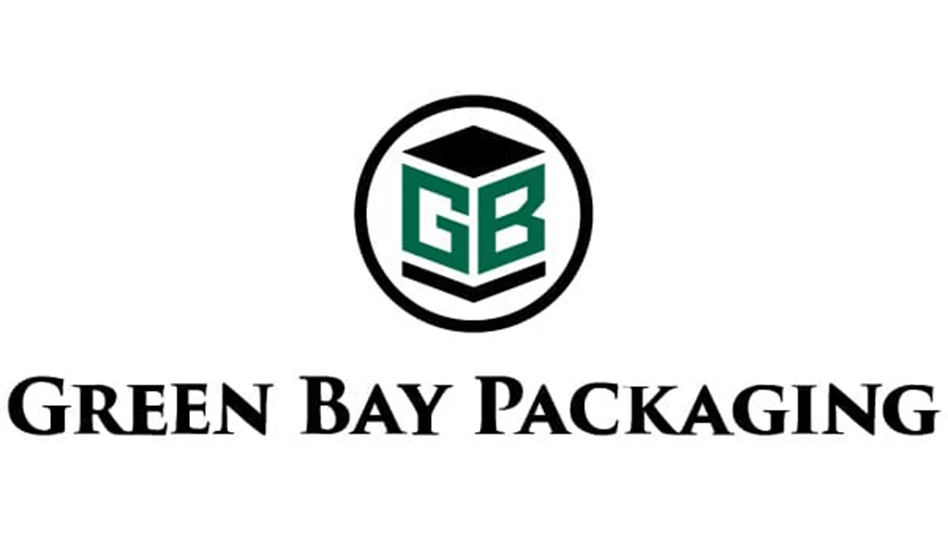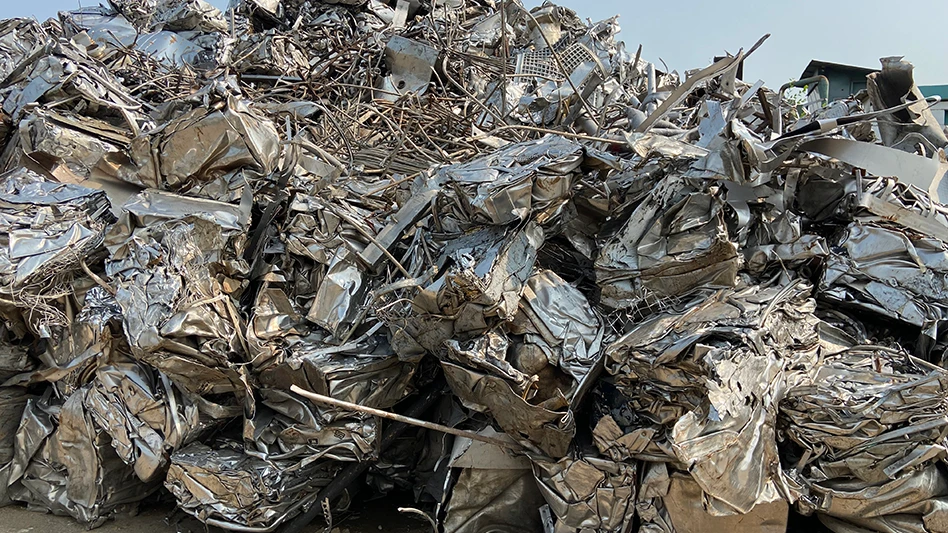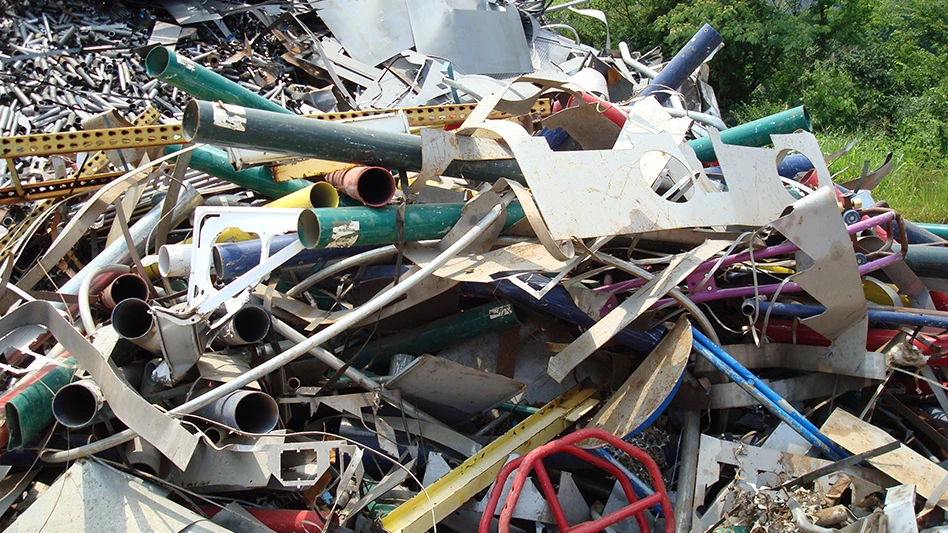

2019 has been a challenging year for many sectors of the recycling industry. Pricing has softened considerably for many secondary commodities, and demand generally has weakened.
In the plastics sector, inexpensive virgin and off-spec polyolefins have made some recycled plastics less attractive to consumers who buy largely based on price rather than based on their commitments to incorporate recycled content.
For metals and recovered paper, the U.S. market has been flooded with supply in part because of the U.S.-China trade war and China’s changes to its scrap import policies. Domestic demand has been soft, and pricing for many grades has decreased as a result.
Ferrous pricing declines
While ferrous scrap recyclers dealt with little price volatility in 2018, that was not the case in 2019.
At the end of 2018, a scrap processor based in the Mid-Atlantic told Recycling Today, “The year 2019 should start out strong; I feel good about the first quarter.” However, he added, “I do think the overall bull market and strong economy could start to peter out toward the second half of the year, especially if the tariff/trade war with China isn’t sorted out.”
As it turned out, surveyed ferrous scrap pricing decreased in the January buying period. According to surveyed pricing from Fastmarkets AMM for the January buying period, pricing fell by $29 to $40 per ton (depending on the grade and region). Many scrap recyclers said unseasonably mild weather was a factor in that decrease.
Following declines in pricing in January and February, March saw high-volume ferrous grades regain a few dollars per ton in most U.S. regions, according to Fastmarkets AMM pricing. Late winter weather and increased bids from overseas buyers on the West Coast helped provide a floor to scrap prices.
In response to opportunistic buying after a slow start by overseas buyers in the first two months of the year, the Fastmarkets AMM West Coast export price also increased in March by $17.50 per ton out of Southern California.
However, with the exceptions of March, August and November (where pricing gained roughly $20 per ton across all ferrous grades), the trend in ferrous scrap pricing in 2019 was downward. According to Pittsburgh-based Management Science Associates’ Raw Material Data Aggregation Service (RMDAS), the average U.S. price for No. 1 heavy melting steel (HMS) started in January at $309 per ton. By November, pricing for that grade was $210; the prompt industrial composite price declined from $382 per ton in January to $255 in November; and No. 2 shredded scrap fell from $333 per ton in January to $237 in November.
The Mid-Atlantic recycler whom Recycling Today spoke with in December 2018 said at that time that barring geopolitical or U.S. economic events to disrupt demand for steel or ferrous scrap, “Structurally, the scrap business is in good shape, especially the shredders, who seem to be allowing each other to make a living and have recaptured decent workable margins from the peddlers and dealers over the last two years.”
The recycler also expressed the same level of optimism about the health of the domestic steel industry.
However, geopolitical issues did affect U.S. scrap dealers and the domestic steel industry, particularly integrated steel mills, this year. Regulatory measures and tariffs reduced China’s imports of ferrous scrap from the U.S. by 91 percent to 42,000 metric tons. This was more than offset, however, by buyers South Korea, Malaysia and Vietnam. (For more on the ferrous scrap sector, see “Looking for the upside,” starting on page 68.)
In the steelmaking sector, Pittsburgh-based integrated steelmaker United States Steel Corp. (U.S. Steel) reported a net loss of about $84 million in its third quarter compared with third-quarter 2018 net earnings of $291 million. U.S. Steel’s adjusted net loss in the third of quarter 2019 was about $35 million, while adjusted net earnings for the third quarter of 2018 were $321 million.
Electric arc furnace (EAF) steelmaker Steel Dynamics Inc. (SDI), Fort Wayne, Indiana, reported third-quarter net sales of $2.5 billion, while its net income was $151 million. The company’s net sales for the comparable quarter of 2018 were $3.2 billion, with net income of $398 million. SDI’s sequential second-quarter 2019 net sales totaled $2.8 billion, with net income of $194 million.
Compared with prior-year results, the average selling price for SDI’s overall steel operations decreased $53 to $863 per ton as of the end of the third quarter. Its average year-to-date ferrous scrap cost per ton melted at its steel mills decreased $31 to $309 per ton in the quarter.
“I do think the overall bull market and strong economy could start to peter out toward the second half of the year, especially if the tariff/trade war with China isn’t sorted out.” – a Mid-Atlantic-based scrap processor in late 2018 regarding 2019
SDI reported an $8 million decline in its third-quarter 2019 operating income from its OmniSource metals recycling operations compared with the second quarter. The company says the decline was primarily because of declining aluminum scrap demand and selling values. SDI shipped 20 million fewer pounds of nonferrous scrap in the third quarter of 2019 versus the same time frame in 2018.
Dull nonferrous markets
An overhang of supply characterized the aluminum and copper scrap markets in the U.S. this year.
Some scrap processors were optimistic about the outlook for copper scrap at the start of the year, despite oversupply.
“1Q and 2Q of 2019 [are] seeing a larger supply of copper scrap when compared with demand, but scrap is still moving,” Michael Diehl, then the director of copper for Alpert & Alpert Iron & Metal Inc., a nonferrous scrap processor and trader based in Los Angeles, said in early January. “Prices to the supplier are affected to the lower side (compared with the last 12 months), but dealers are still able to keep inventory moving.”
He continued, “I see the dynamics changing for the second half of the year. As all the major smelters come back from scheduled maintenance, we should see the demand side outpace the supply side.”
That, however, did not end up being the case, as red metals continued to struggle with excess supply throughout 2019.
“There is a large amount of supply out there,” Randy Goodman, executive vice president of the brokerage company Greenland (America) Inc., Roswell, Georgia, told Recycling Today in July. “But, at the same time, there is a limited amount of consumption on certain grades of red metals, mostly No. 2 copper, but it also leaks into the other grades of copper and the brasses.”
A Midwest-based broker said that as of the summer, “The need to buy or sell is not too great on either side of the equation.”
He also noted that buyers were raising their quality standards given the amount of scrap available.
The copper scrap market has not changed appreciably as of November, nor has the aluminum scrap market.
“Depressed” and “choppy” is how an aluminum scrap broker based in the Southeast described the aluminum scrap market as of mid-February.
A Midwest-based processor said the overall volume of obsolete aluminum his company handles has declined in 2019, citing low pricing as a major factor. “Dealers and even large peddlers are not willing to sell” at the low prices that have characterized the market, he explained.
While his company traditionally did not export aluminum scrap, that changed this year: “We can find a sale that is a little better than here going export.”
An oversupply of automotive sheet scrap, which is displacing demand for other grades, has affected the domestic market. “Automotive scrap throws everything off. It offsets the natural flow of other things,” a West Coast-based source said this summer.
Looking forward to new capacity for paper, plastics
Mixed paper and old corrugated containers (OCC) also have been in oversupply.
The Fastmarkets RISI PPI Pulp & Paper Week U.S. national average price for OCC was $69 per ton in January, while mixed paper was $6 per ton, having bounced back from zero earlier in 2018. As of this November, the average domestic price for OCC declined to $22 per ton, while mixed paper averaged -$3 per ton.
Suppliers of these grades are anticipating new consuming capacity in the U.S., including mills from China-based companies such as Nine Dragons and Shanying International, as well as investments by Bio Pappel, Green Bay Packaging and Cascades. (For more on developments in the recovered fiber sector, see the 2019 Paper Recycling Supplement in this issue.)
In the plastics sector, sources were hopeful heading into 2019 following a difficult 2018 when China’s postconsumer plastic scrap ban went into effect.
In January, an East Coast-based broker of postconsumer plastics said, “I think the bottom is already in and we are going to see positive growth in 2019 in both quality and pricing as new markets and opportunity create additional demand.”
Reprocessors have been encouraged by brand owners that have committed to using more recycled content in their plastic packaging and by California’s new law that increases postconsumer resin (PCR) content in reusable plastic bags from 20 percent to 40 percent in 2020.
By this summer, many types of PCR were flowing, albeit at lower prices. Low pricing for virgin and off-spec plastics have kept a lid on pricing for recycled plastics, sources say.
“As a company, we are facing what most companies are facing,” a Midwest-based contact with a global reprocessor said this summer. “The pounds are good, but the margins are depressed.”
Also this summer, a reprocessor in the Southeast said low pricing for virgin polyolefins appears to be “the new normal.”
She told Recycling Today, “I’ve known of HDPE (high-density polyethylene) injection recycled orders being canceled due to cheap availability of rail cars [of virgin material].”
The plastics sector is hoping that chemical recycling can help to address the quality issues associated with using PCR, however, no commercial-scale operations for polyethylene terephthalate or polypropylene are operating as of yet.
Regardless of the material they handle, few recyclers say they expect the first half of 2020 to be materially different from 2019, but they continue to hold out hope for the second half of the year.
Get curated news on YOUR industry.
Enter your email to receive our newsletters.

Explore the December 2019 Issue
Check out more from this issue and find your next story to read.
Latest from Recycling Today
- ReMA lobbies for shredder wear parts tariff exclusion
- Dow, Gruppo Fiori develop recycling pathway for automotive polyurethane foam
- Ascend produces recycled lithium carbonate from used LIBs
- RecycLiCo acquires building to serve as corporate HQ, operational hub
- EZVIZ partners with Plastic Bank
- Radius, under new ownership, replaces CEO
- SMS in Illinois sells assets to equity investor
- Mayr-Melnhof reports earnings growth so far in 2025






